|
As PDC#2 rolls at Ridgdale Permaculture, we publishing a daily blog to detail the experience for those who may be interested in what takes place at one of our trainings as we establish Scandinavia's first Keyline Designed farm & dedicated Regenerative Ag/ Permaculture Edu hub at a working farm. Daniel McGough, one of our pioneer Farm Managers joining us from Australia shares his experience of the (Un)Learning journey over the next 2 weeks. Here's Day 5... Beak deep in raked out cow patties, the broiler hens are busily hunting for breakfast… I’m not even sure they went to bed. Expressing their chickeness and scouring for fly larvae, some days after the cows have been through the same field, they look very busy, rather plump and quite happy. We've split the broilers into 3 groups now to finish them on different feed rations to compile data for running a gross profit analysis before upscaling next year. Day 5, I can’t believe we’re here already. There is so much tangible information renting space in my brain at this moment having spent the previous four days in a yurt in a field with Richard Perkins and representatives from 15 other nations, learning the complexities and simplicities of totally doable strategies related to Permaculture and Keyline Design. Today we took what we learned the day before and started to develop a set of Water Layer Design skills. We are set the task of developing a water catchment design for the farm, adopting the catchment calculations for structures, which we learnt and practiced yesterday. Working out drinking water necessary for the summer period, to which we can add any other elements (laundry, animals, showers, etc) if and when we need to. On the farm we have a Green & Carter ram pump installed that will drive all the irrigation and animal supply for Ridgedale Permaculture. The beauty of this system is that a) it’s living water, coming from an active natural system, and b) it will eventually re-enter the same system, charged from the life in the soil and other flowing elements on the farm. We are building the basic skill set required to start identifying key elements on a map, visualising our land shape and then applying strategies at a very comprehensive level. From using selected stationary to concisely convey strategies on plan, to the collection of integral data resulting in the implementation of actionable, multi-functioning elements We start playing around with keyline design as Richard explains that there is no automated way of doing this. The inputting of the data into a computer aided design program is totally secondary to the initial hand design stage. Good design starts on paper. Our goal: to create a plow pattern across a complicated terrain that will become a long term Savannah nut planting. The magic of Keyline is in it’s efficiency and gentle interaction, it’s cost effectiveness and it’s stacking of functions: exploding heavily compacted sub-soils, allowing oxygen and water flow, creating life thriving environments for micro-organisms, aiding large scale design in the sensible and beneficial placement of essential elements… I could go on and on but they’re just words. The best way to learn is to do, and to do is to be here at Ridgedale alongside the guidance of Richard. (see - http://www.ridgedalepermaculture.com/keyline-design-18th--22nd-aug.html) We’ve now wandered away from what many people would classify strictly as Permaculture, which is fine, because the techniques we are learning about here are completely complimentary and practically mirror each others’ intentions (or principles) directly. In the afternoon we wander down to where the two streams on the property meet and settle in for a cooling lesson about forest ecology in the shade of a riparian Birch patch. Convectional, topographic and frontal rain information spills down into our consciousness as we enter mountainside’s of depleted forests to make way for resorts. We deduce the impact that habitat loss has on both the windward and wayward sides of a mountain and how even when reforestation interventions occur below a deforested hilltop, the result is not good. Deforestation = dropping ground water levels, diversity and habitat loss, drought, flood, erosion, compacted soils, CO2 emission, etc. So the key here is to learn; what can be learned and benefits gained from implementing systems that mimic forest systems. Moving onto the fundamentals of forest ecology we examine stratification and it’s function with the system. Canopy and understorey trees, shrubs and bushes, herbaceous plants and root crops and potential emergent species such as Date and Coconut Palms. We grasp that a system left to it’s own devices looks very different to a ‘departmentalised’ human managed forest. A natural system is “lumpy” as Richard likes to describe it, with weird things happening across asymmetrical funny shaped edges. Heterogenous, leading to great diversity compared to our conventional production systems. Nothing like the “vertical deserts” we witness occupying large tracts of forestry land in places like Australia and Europe, or here in Sweden. This leads us to succession; primary, which last for thousands of years using factors like fungi, erosion, freezing and moss. We re-educate our language to now describe weeds as friends that are fast carbon pathways, or E.P.R’s, (“earth repair mechanisms” R.P.). What is it that the plants that lead campaigns of succession really trying to communicate with us? Compaction, mineral harvesting, erosion control? All plants exist to fill a very specific function which the express through their form to benefit the entire system. Annual herbs that focus on sexual reproduction to spread seed across every square mile of the planet to ensure that when a natural event occurs and things go a little silly, they are there to recolonise the open space and protect it from rampant soil loss. The dormant vegetative advance party if you will. “That’s their function. They are protectors of the soil. This is the pattern of the whole system, to be of benefit to all” R.P. 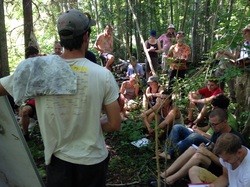 We also discover that many of the longer term canopy species are also in that seed bank, but are waiting for very specific conditions before the wake up to join the conversation. The gift of this situation, this moment, is that those species, Oak, for example, are right below our feet. As Richard reveals intimacy of this highly complex and self managed structure, I’m gazing over several hundred thousand biota through just the depths of my visual horizon to the edge of the forest. Reaching down I crumble ancient Scandinavian mulch through my fingers, littered with countless numbers of life forms… and all some 100 metres’ walk from the classroom we were in minutes before. As Richard points out that while Perennial plant systems are highly managed and moderate suppliers of produce, they are also resilient, de-compacting, soil creating mechanisms. “This is why we can restore thinks fast! Because we can bring all of these elements onto a site at the same time. Things respond when you put them back in their patterns… sometimes really fast”. Before the dinner bell (tummy rumbling) we manage a quick tour of Oaxaca, Mexico to a brittle landscape (where evapo-transpiration exceeds precipitation) where Richard runs through a design of an entire property, pretty much from top to bottom. Now, he got super excited here so he started drawing and talking very quickly. From what I got though they protected the buildings from fire by hooking the existing underground tanks up to rooftop sprinkler systems and functioning rainwater collection and dispersal across the site (swales and ditches), sub-soiling, aquaculture, banana foresting in runoff ditches, nursery establishment and perennial forest systems. I may have forgotten one or two elements. All of these strategies were actionable, doable, beneficial solutions, mostly using resources on site developed through pattern observation and interaction. And there it is...
0 Comments
Leave a Reply. |
Details
Like us on FB Below for regular updatesStay up to date with customized updates you want to receive
Upcoming coursesArchives
December 2016
Categories
All
|
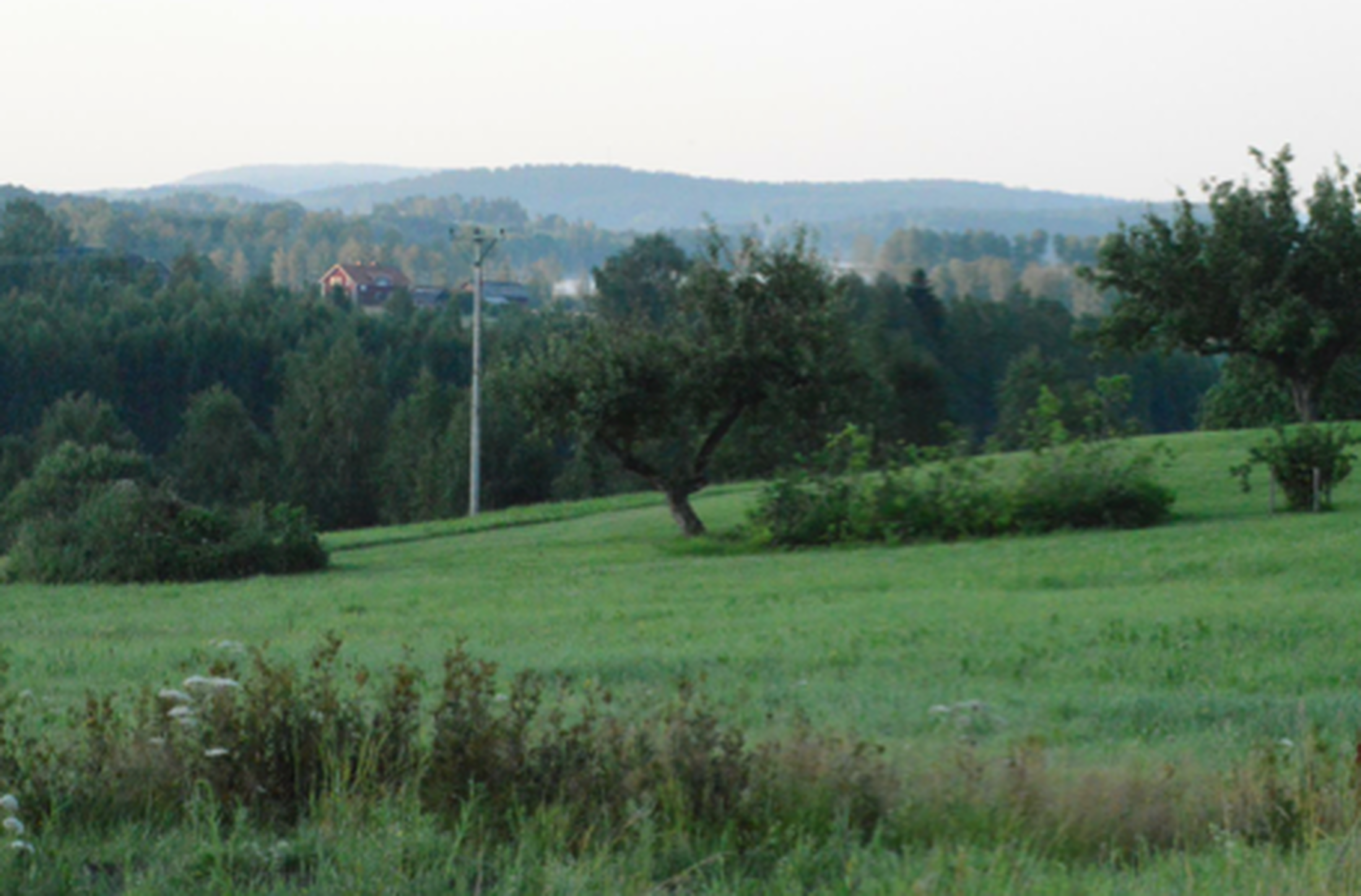
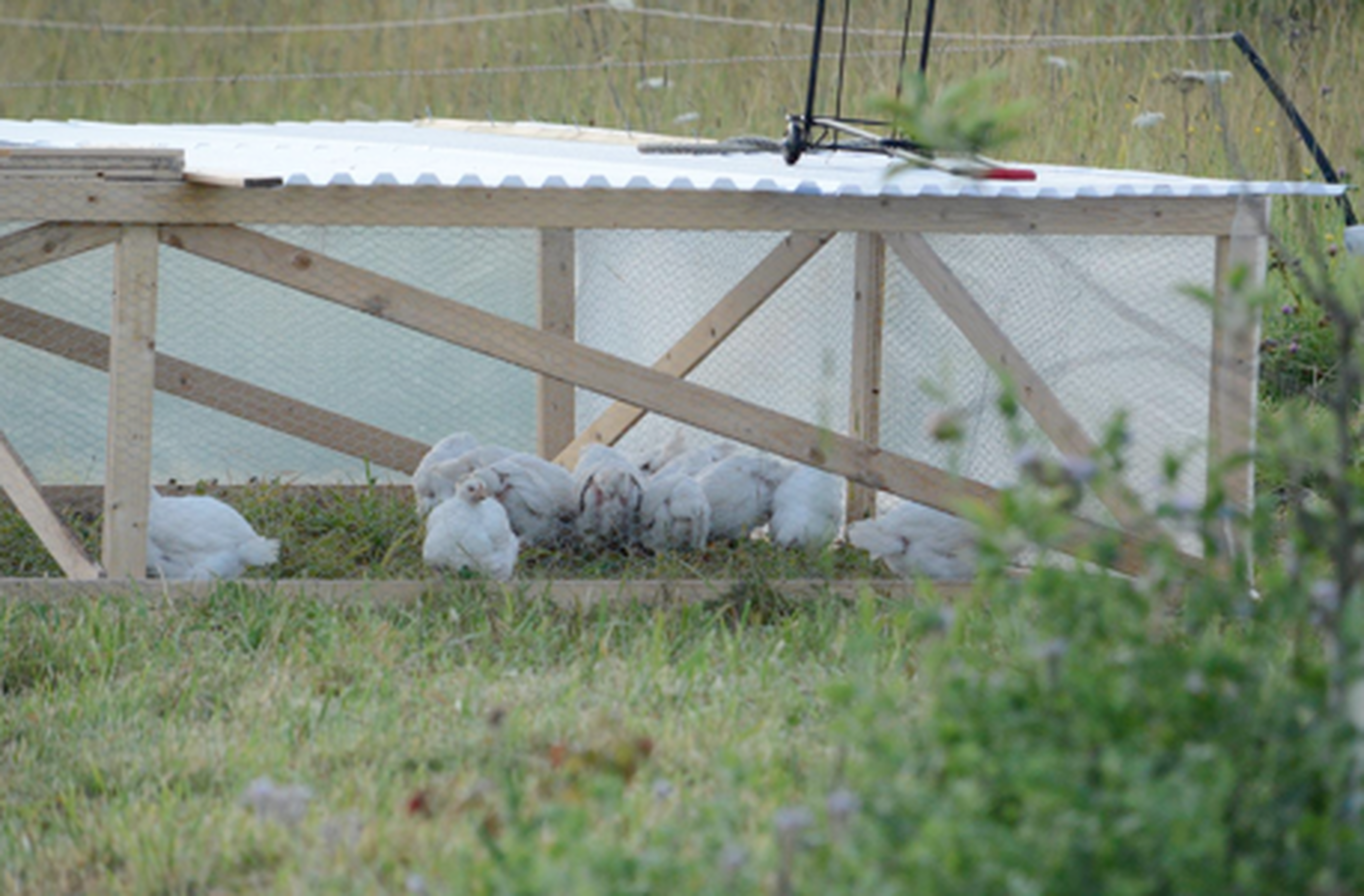
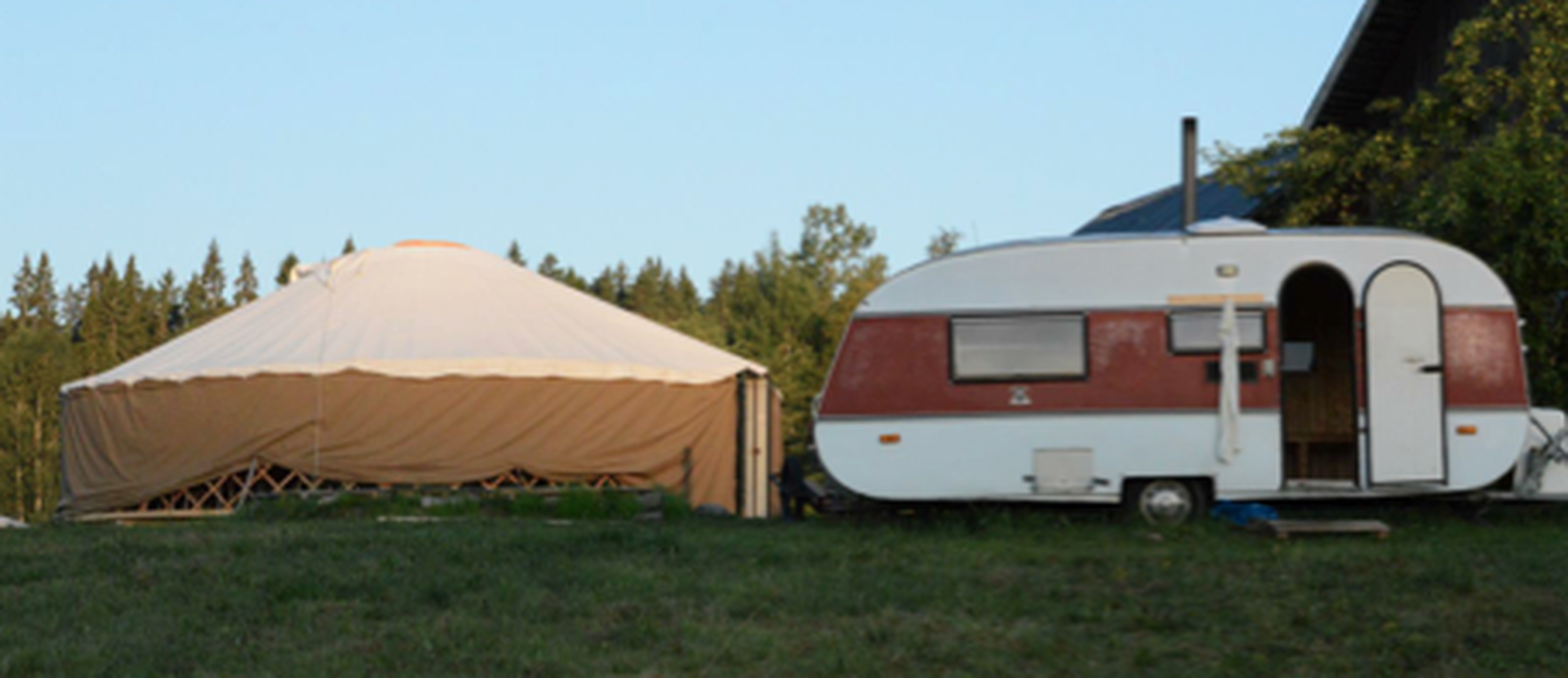
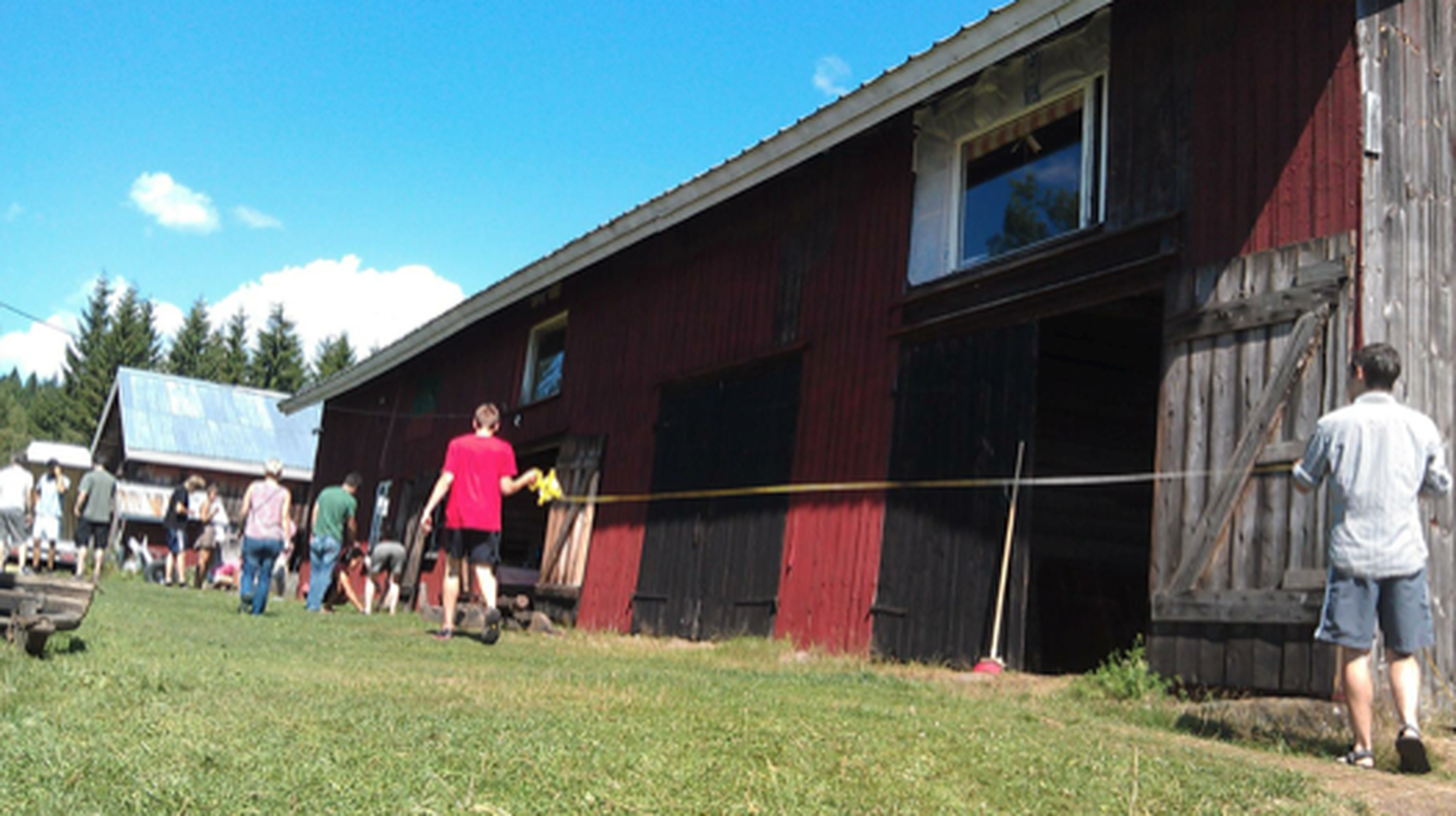

 RSS Feed
RSS Feed